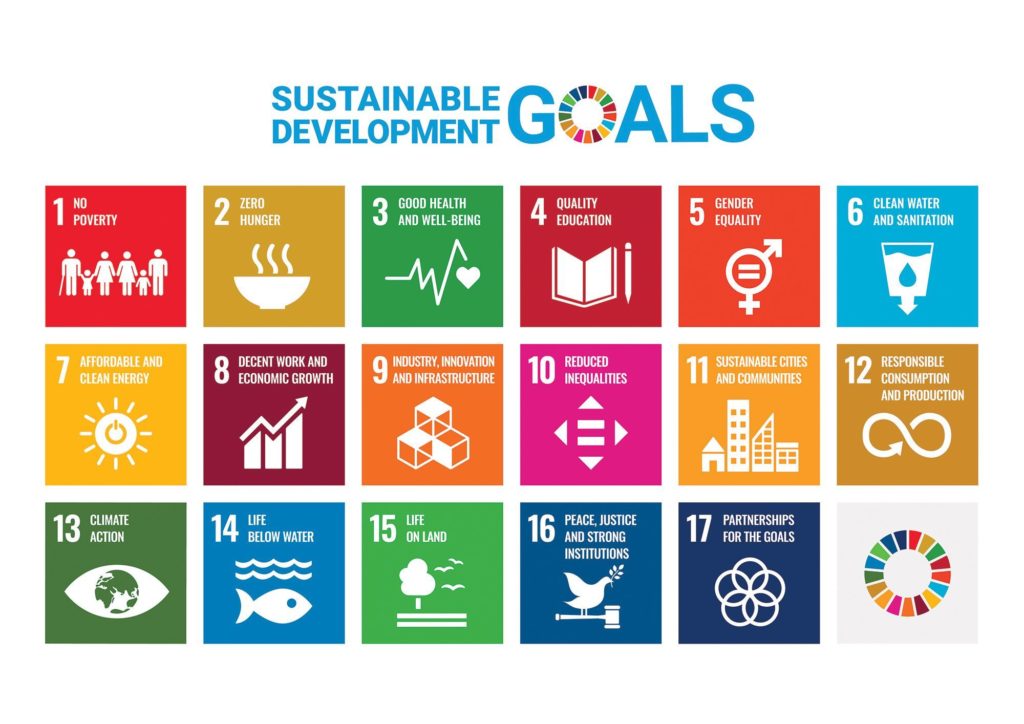Copy of Additional frameworks and agreements supporting global climate action
2015 and 2016 were years of great significance as the worldu2019s governments agreed to not only sign the Paris Agreement but to implement the Sendai Framework for Disaster Risk Reduction (Sendai Framework) and the United Nationsu2019 Sustainable Development Goals (SDGs). These frameworks communicate a set of goals and targets that if achieved, will result in a future in which significant progress will have been made towards tackling disasters and sustainable development as well as current climate and humanitarian challenges.
The Sendai Framework for Disaster Risk Reduction
The Sendai Framework for Disaster Risk Reduction (Sendai Framework) was developed to guide efforts on disaster risk reduction in the period between 2015 and 2030 and adopted in March 2015. The Sendai Framework builds on the Hyago Framework for Action (HFA) and is a voluntary, non-binding agreement that acknowledges that while Member States have the primary responsibility to prevent and reduce disaster risks, this needs to be shared with other stakeholders including local government and the private sector.
Taking into consideration that the HFA was instrumental in raising awareness of the need to focus on disaster risk reduction, in generating political commitment and in catalysing action by a wide range of stakeholders and all levels, the goal of the Sendai Framework is u201cto prevent and reduce disaster risk through the implementation of integrated and inclusive economic, structural, legal, social, health, cultural, educational, environmental, technological, political and institutional measures that prevent and reduce hazard exposure and to disaster, increase preparedness for response and recovery and thus strengthen resilience.u201d
Sustainable Development Goals
The Sustainable Development Goals (SDGs), also known as the Global Goals, were adopted by all United Nationsu2019 Member States in 2015 as a universal call to action to end poverty, protect the planet and ensure that all people enjoy peace and prosperity by 2030.
The SDGs replace the Millennium Development Goals (MDGs), which started as a global effort in 2000 to tackle poverty. The MDGs established measurable, universally-agreed objectives for tackling extreme poverty and hunger, preventing deadly diseases and expanding primary education to all children, among other development priorities.
For 15 years they drove progress in the following important areas: reducing income poverty, providing much needed access to water and sanitation, driving down child mortality and drastically improving maternal health. They also kick-started a global movement for free primary education, inspiring countries to invest in their future generations.

Most significantly, the MDGs made huge strides in combatting HIV/AIDS and other treatable diseases such as malaria and tuberculosis.
The MDGs undoubtedly had an impact in that since 1990, more than one billion people were lifted out of extreme poverty, child mortality dropped by more than half, the number of out of school children dropped by more than half and HIV/AIDS infections fell by almost 40 percent. However, for millions of people around the world the job was considered unfinished. The SDGs are a bold commitment to complete the task by tackling some of the more pressing challenges facing the world today and shifting it onto a more sustainable path.

Seventeen SDGs were developed, with each recognising that action in one area affects outcomes in others, and that development must balance social, economic and environmental sustainability. For example, dealing with the threat of climate change impacts how we manage our fragile natural resources, achieving gender equality or better health helps eradicate poverty, and fostering peace and inclusive societies will reduce inequalities and help economies prosper.
As previously noted, the timing of the SDGs coincides with the Paris Agreement and the Sendai Framework. Together these agreements provide a set of common standards and achievable targets to reduce carbon emissions, manage the risks of climate change and natural disasters, and to u2018Build Back Betteru2019 after a crisis.